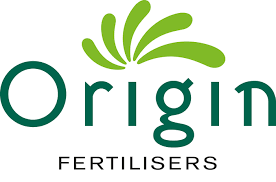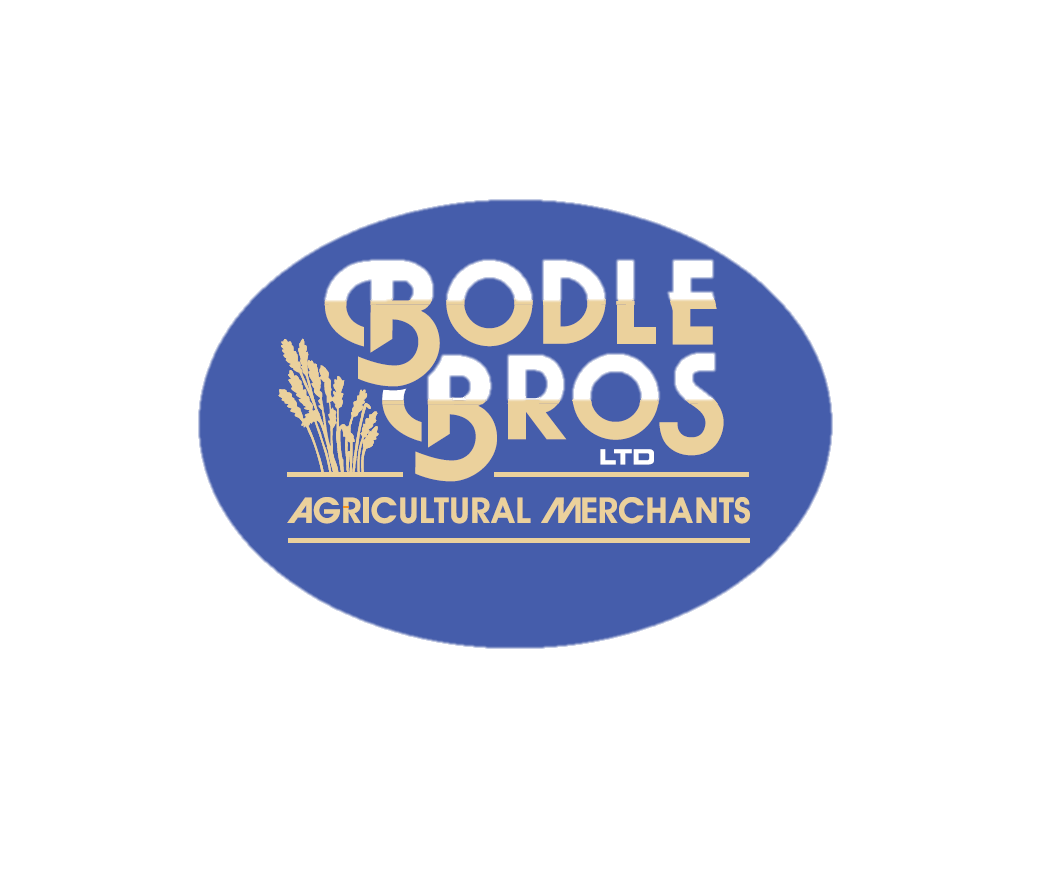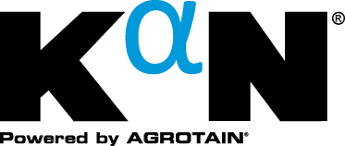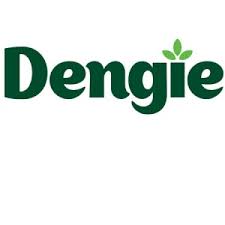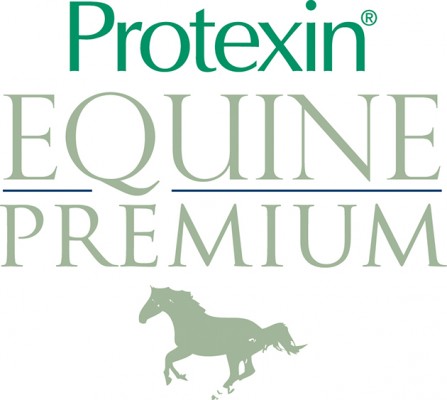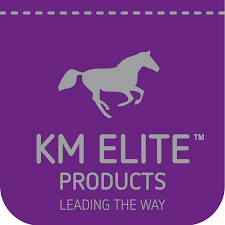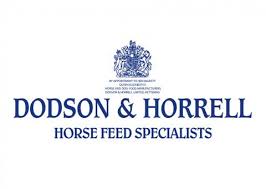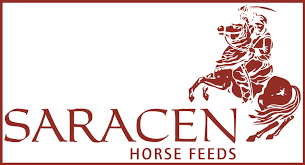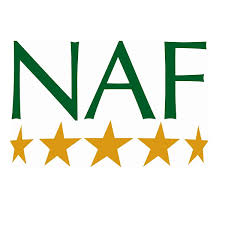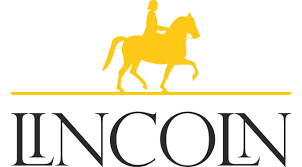Farmers Weekly - August 3, 2018
BETTER GRASS BOOSTS FLOCK PRODUCTIVITY
A higher stocking rate and a shorter time to finish lambs is enough to encourage Sussex-based farmer Jeremy West to grow more higher quality grass. Greater reliance on temporary leys has meant that lambs reach finishing weights in less time and his stocking rate has increased six-fold, at least. Ewes are also less reliant on supplementary feed.
“It all depends on the season,” says Jeremy, who farms the 344-hectare unit on the South Downs, between Lewes and Brighton. “But we’ve seen a massive improvement in lamb performance when they’re grazed on high quality grassland.
Dry summer
Thanks to young productive grass leys, Jeremy has ‘weathered’ the dry conditions this summer - something he would not have managed if he was still relying on old grassland. “We didn’t need to feed any pellets to lambs – I avoid this as it takes the shine off the job,” he says.
“We did close the ley up for three weeks at weaning; something we don’t normally do, but because the ewes were on neighbouring grassland we had to move the lambs off to some poorer grass. Maybe this paid off, in that the grass soon greened up and when the lambs returned, in early to mid August, there was plenty of feed.
“We don’t routinely weigh lambs, but I did notice that growth rates slowed down when they were on the old grass swards. They’ve picked up now, back on the temporary leys. This highlighted the value of growing grass with good feed quality – it pays off.”
He’s integrating this ‘temporary’ grass with combinable crops and roots. It’s a rotation that’s still ‘under development’, according to Jeremy. “We’re increasing the amount of grass in the rotation – this year we direct drilled 30ha of the Extra Lamb mixture into spring barley stubbles.”
When it comes to reseeding, and justifying reseeding costs, Jeremy says that it’s difficult to be precise on the actual costs vs benefits. “There are knock on benefits of having the grass as part of the rotation.” He estimates that actual reseeding costs about £260/ha (£105/acre) if the contractor cost is added. “This depends on the cultivation work required. If the ground is quite level and we direct drill into stubbles then there’s less ground work needed and costs would be lower.”
Jeremy lambs 200 Texel x mule ewes in February, then the rest – 300 mainly Mule crosses – in April. He looks for a lambing percentage between 1.65% and 1.75%, and if conditions are good, he can finish lambs in 12 to 14 weeks.
Lambs are sold to a local butcher or through Hailsham market, from May onwards. By the end of July, Jeremy hopes all but about 80 are sold from the February lambers, leaving him free to crack on with the cereal harvest.
Until recently they’ve relied on grassland that was part of an environmental scheme. “We used this for rearing and finishing lambs. The problem here was that the leys were old and unproductive. Stocking rate was only five to seven lambs per hectare. And ewes looked poor on this old grass, so we relied on bought-in feed to boost their condition pre-tupping.”
While some of the farm remains as permanent pasture, Jeremy is growing more ‘temporary’ three- or four-year leys and using a seed mixture – Sinclair McGill Early Start or Extra Lamb. This combines high proportions of tetraploid perennial ryegrasses, a white clover blend and, in the case of Extra Lamb, Timothy. “I look at the catalogue then run my ideas past the specialists at our local merchants Bodle Brothers. We’ve a good relationship with them and they’ll advise us on choice of mixture.”
The new regime is providing Jeremy with early grass growth and plenty for ewes and lambs early in the spring. “And it’s persistent – it keeps growing through spring and summer. Depending on the season, we may take a cut of haylage, particularly off first-year leys, if there’s too much grass. These mixtures are giving us some flexibility.”
What Jeremy’s really pleased with is the increased stocking rate that the more productive grassland offers. His stocking rate has leapt up to between 37 and 44 lambs and ewes per hectare. “Not only that, but they are reaching finishing weights of between 40kg and 44kg two weeks earlier, depending on the season, and they’re looking great. There’s no doubt that the higher protein and energy in this grass boosts their weight gain significantly.”
Jeremy opted to grow more grass when corn prices were low. “It seemed to make more sense – we could improve lamb productivity as opposed to struggling against falling corn prices and being open to the volatility of the cereal market. Grass became the third crop in our rotation.”
A decent autumn sees the grass start to grow and by late February Jeremy looks to graze the newly-sown leys.
“We’ve always spent time and money on grassland, but we’ve now moved it up a level and are treating it more as a crop. The extra reseeding has added to our costs, but these have been far exceeded by the feed value and yield of the grass.”
The farm still has around 120 hectares of permanent pasture – some of it is gorse land on the Downs – which is used for the ewes after weaning and before they move on to the roots.
Around 40 hectares of stubble turnips and forage rape are drilled after winter barley and fed to the ewes during the winter. This land is then drilled with spring barely.
“We’ve been using roots and rape for five years and this works well for the ewes. While ewes still get some concentrates in the lead up to lambing, we now feed far less. The combination of the root crops and better grass makes us far less reliant on bought in feeds.” Both, Jeremy believes, have a place in the rotation on this unit.
